The Caucasus region, located between the Black and Caspian Seas, has a rich and diverse cultural heritage that is reflected in its cinema. The films from this region often explore themes of war, conflict, and social change, as well as the unique cultural and historical perspectives of the people who live there.
Some of the best films from the Caucasus region have gained international recognition and acclaim, including from film festivals such as Cannes, Berlinale, and Venice. These movies offer a unique and insightful perspective on the history and culture of the region, as well as the social and political challenges facing its people.
Best Caucasus Movies
In this article, we will explore some of the best Caucasus movies, including their themes, cultural significance, and impact on the world of cinema. From gripping war dramas to intimate family portraits, these films offer a diverse and powerful glimpse into the rich cinematic tradition of the Caucasus region.
1. I Walk around Moscow (1964)
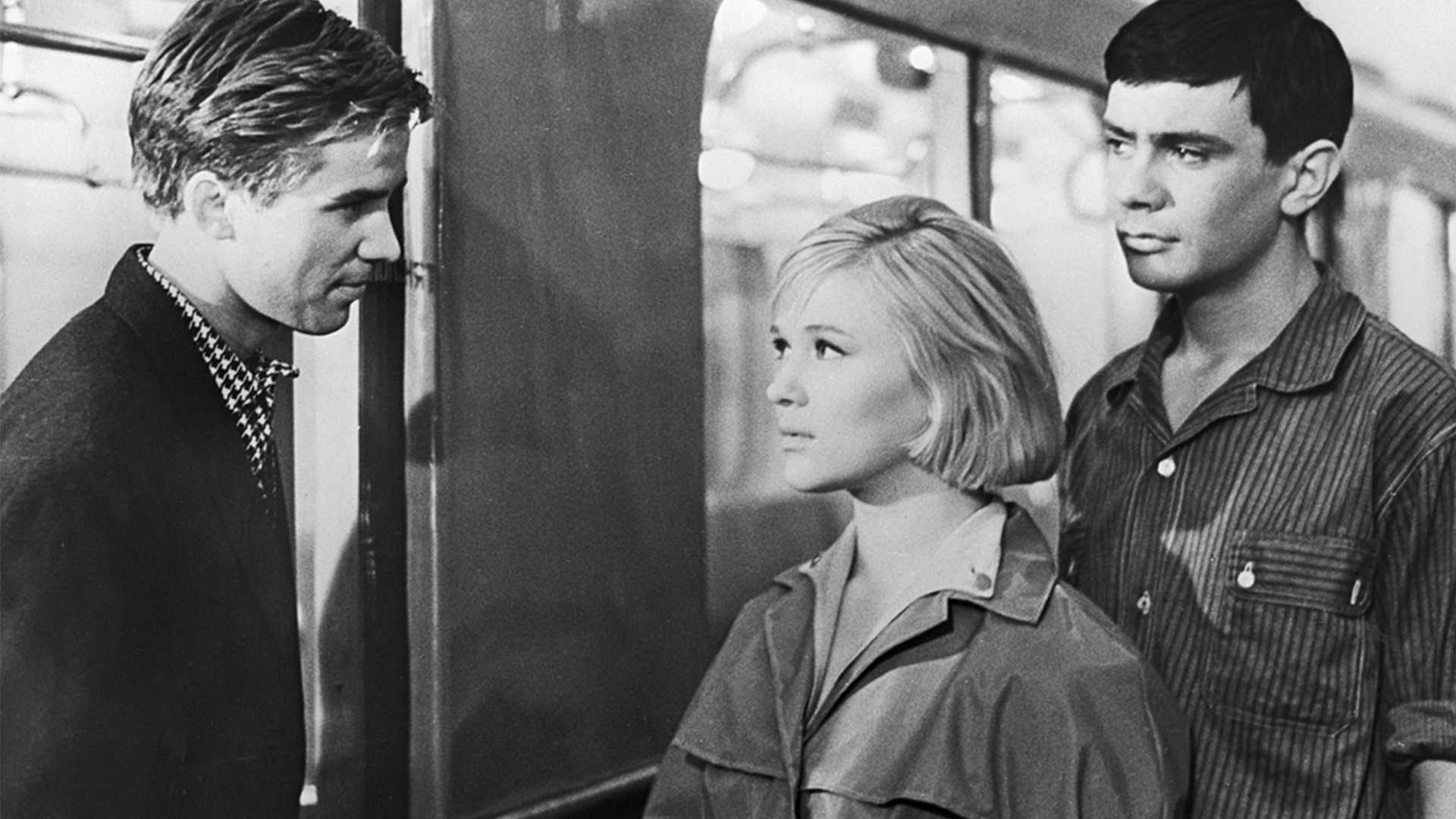
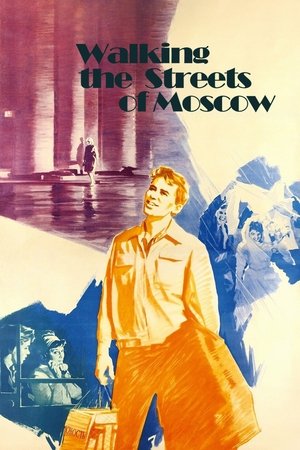
Walking the Streets of Moscow
1964 • 1h 18min • ★ 7.1/10 • Soviet Union
Directed by: Georgiy Daneliya
Cast: Nikita Mikhalkov, Aleksei Loktev, Galina Polskikh, Evgeniy Steblov, Rolan Bykov
On a stopover in Moscow, a young writer Volodya makes friends with Kolya, who is returning home from a hard night shift. Just as Kolya is about to take a rest, he is met by his old friend Sasha, who wants help getting a deferral from military service so that he can get married.
“I Walk Around Moscow” is a Soviet comedy film released in 1964, directed by Georgiy Daneliya. The movie stars Nikita Mikhalkov, Aleksei Loktev, and Galina Polskikh in lead roles.
The film follows a group of young people in Moscow who decide to spend a day exploring the city together. The group includes a poet, a musician, a student, and a factory worker, among others.
As they wander around the city, they encounter various characters and situations that provide a humorous and insightful commentary on Soviet society and culture.
“I Walk Around Moscow” is a charming and whimsical film that captures the spirit of Moscow in the 1960s. The movie features beautiful cinematography, witty dialogue, and a lively soundtrack.
It was well-received by critics and audiences alike, and is considered a classic of Soviet cinema. The film has been remade several times, including a 2013 adaptation titled “Walking the Streets of Moscow”.
- Nikita Mikhalkov, Aleksei Loktev, Galina Polskikh (Actor)
- Georgiy Daneliya (Director)
- English (Subtitle)
- Audience Rating: NR (Not Rated)
2. Shadows of Forgotten Ancestors (1965)
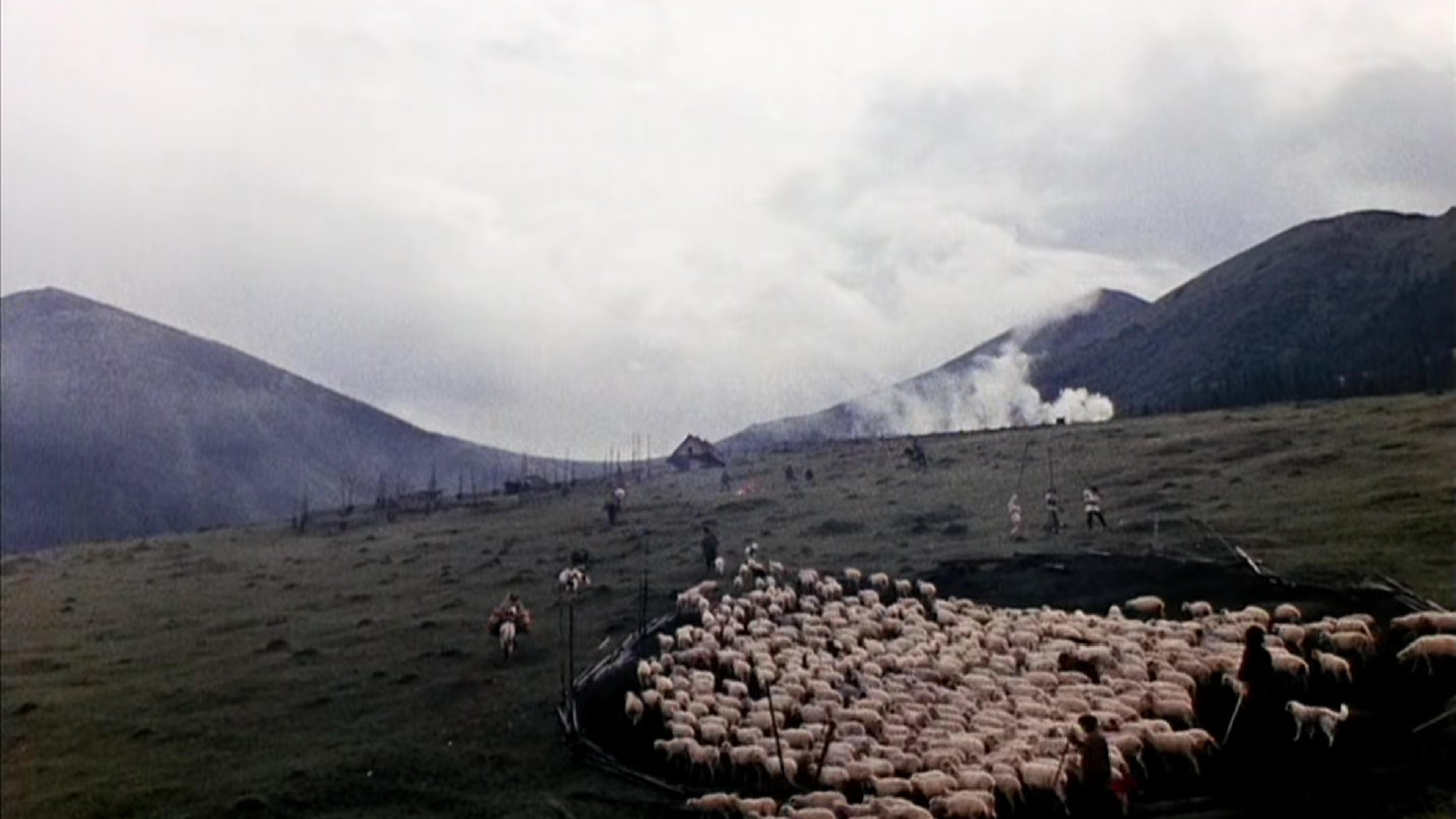
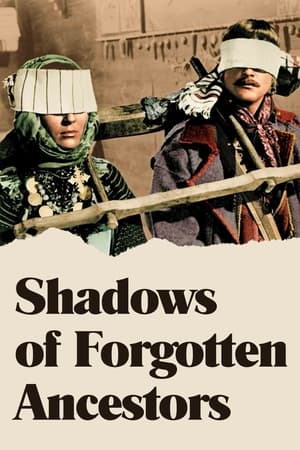
Shadows of Forgotten Ancestors
A New Kind of Ukrainian Film...acclaimed around the world at all film festivals
1965 • 1h 36min • ★ 7.601/10 • Soviet Union
Directed by: Sergei Parajanov
Cast: Ivan Mykolaichuk, Larysa Kadochnykova, Tatyana Bestayeva, Nikolay Grinko, Spartak Bagashvili
In the Carpathian Mountains of 19th-century Ukraine, love, hate, life and death among the Hutsul people are as they’ve been since time began. Ivan is drawn to Marichka, the beautiful young daughter of the man who killed his father. But fate tragically decrees that the two lovers will remain apart.
“Shadows of Forgotten Ancestors” is a Soviet-era Ukrainian film directed by Sergei Parajanov, released in 1965. The film is based on the novel “Shadows of Forgotten Ancestors” by Mykhailo Kotsiubynskyi and explores the traditions and customs of the Hutsul people, an ethnic group living in the Carpathian Mountains of Western Ukraine.
The film follows the story of Ivan, a young Hutsul shepherd who falls in love with Marichka, the daughter of a wealthy landowner. When Marichka dies tragically, Ivan is consumed by grief and sets out on a journey to find himself and his place in the world.
“Shadows of Forgotten Ancestors” is known for its innovative and visually striking style, incorporating elements of Hutsul folklore and mythology into its narrative. The film features elaborate costumes and sets, vivid colors, and a dynamic, non-linear editing style that creates a dreamlike and surreal atmosphere.
The film was initially met with mixed reviews in the Soviet Union but has since become a classic of Ukrainian and world cinema. It is celebrated for its unique and experimental style, as well as its exploration of Ukrainian identity and cultural traditions.
It is also recognized for its contribution to the development of the Ukrainian New Wave, a movement in Ukrainian cinema that emerged in the 1960s and 70s and sought to break away from the socialist realism style of Soviet-era filmmaking.
- First, Joshua (Author)
- English (Publication Language)
- 112 Pages - 11/15/2016 (Publication Date) - Intellect Ltd (Publisher)
3. There Once Was a Singing Blackbird (1970)

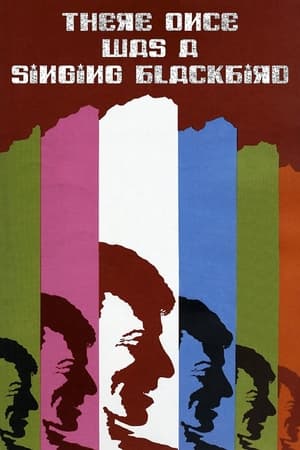
There Once Was a Singing Blackbird
1970 • 1h 18min • ★ 6.086/10 • Soviet Union
Directed by: Otar Iosseliani
Cast: Gela Kandelaki, Gogi Chkheidze, Jansug Kakhidze, Irine Jandieri, Elene Landia
Gia is a carefree young percussionist who works at a theater in Tbilisi, capital of Georgia. He lives in a small apartment with his mother. Gia spends his days flitting from friend to friend, lover to lover, avoiding any responsibility, and never staying still for five minutes. However, he always manages to arrive at the theater just in time to play the drums at the end of the ballet.
“There Once Was a Singing Blackbird” (Russian title: “Odnazhdy v Trubchevske”) is a 1970 Soviet drama film directed by Otar Iosseliani. The film tells the story of a young man named Vadim who returns to his hometown after studying in Moscow and becomes involved in the lives of the locals, including a young woman named Lyuba whom he falls in love with.
The film explores themes of youth, love, and societal expectations in a rural Soviet community during the 1960s. It also features elements of satire and humor, as well as a musical score that includes traditional Russian songs.
The film was well received by audiences and critics alike and is considered a classic of Soviet cinema. It won several awards, including the Grand Prize at the 1970 Mannheim-Heidelberg International Film Festival.
4. Hedgehog in the Fog (1975)
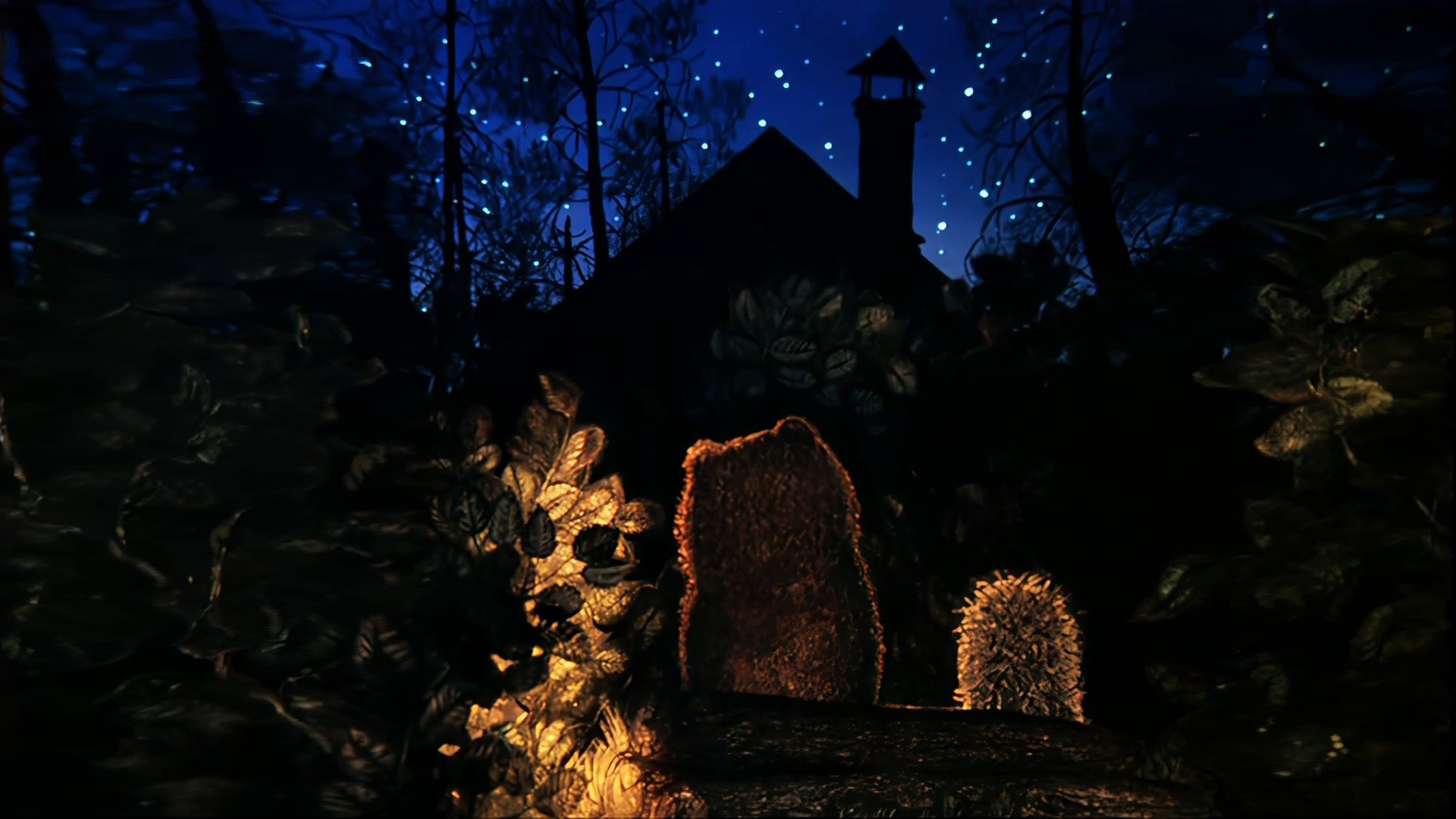

Hedgehog in the Fog
1975 • 0h 11min • ★ 7.388/10 • Soviet Union
Directed by: Yuri Norstein
Cast: Aleksey Batalov, Vyacheslav Nevinnyy, Mariya Vinogradova
A little hedgehog, on the way to visit his friend the bear, gets lost in thick fog, where horses, dogs and even falling leaves take on a terrifying new aspect...
Hedgehog in the Fog is a beloved Soviet-era animated film directed by Yuri Norstein, and is considered one of the greatest animated films of all time. The film tells the story of a little hedgehog who sets out on a journey through the fog to visit his friend the bear cub. Along the way, he encounters a variety of other animals, including a horse and an owl, and has a series of dreamlike experiences.
The film is notable for its stunningly beautiful and imaginative animation, which creates a magical and dreamlike world that captures the essence of childhood wonder and imagination. It also features a hauntingly beautiful soundtrack by composer Mikhail Meyerovich, which further adds to the film’s dreamlike atmosphere.
Hedgehog in the Fog has been praised for its artistic and technical achievements, as well as its ability to capture the essence of childhood and the power of imagination.
It has won numerous awards, including the Grand Prix at the Annecy International Animated Film Festival, and is widely regarded as a masterpiece of animation. The film has been enjoyed by generations of viewers, and continues to be celebrated as a classic of world cinema.
- Charming story
- Beautiful full-page pictures
- Size: 12 in x 8 1/2 in (30.5 cm x 21.5 cm)
- Hardcover Book
- Norstein, Yuri (Author)
5. The Wishing Tree (1976)
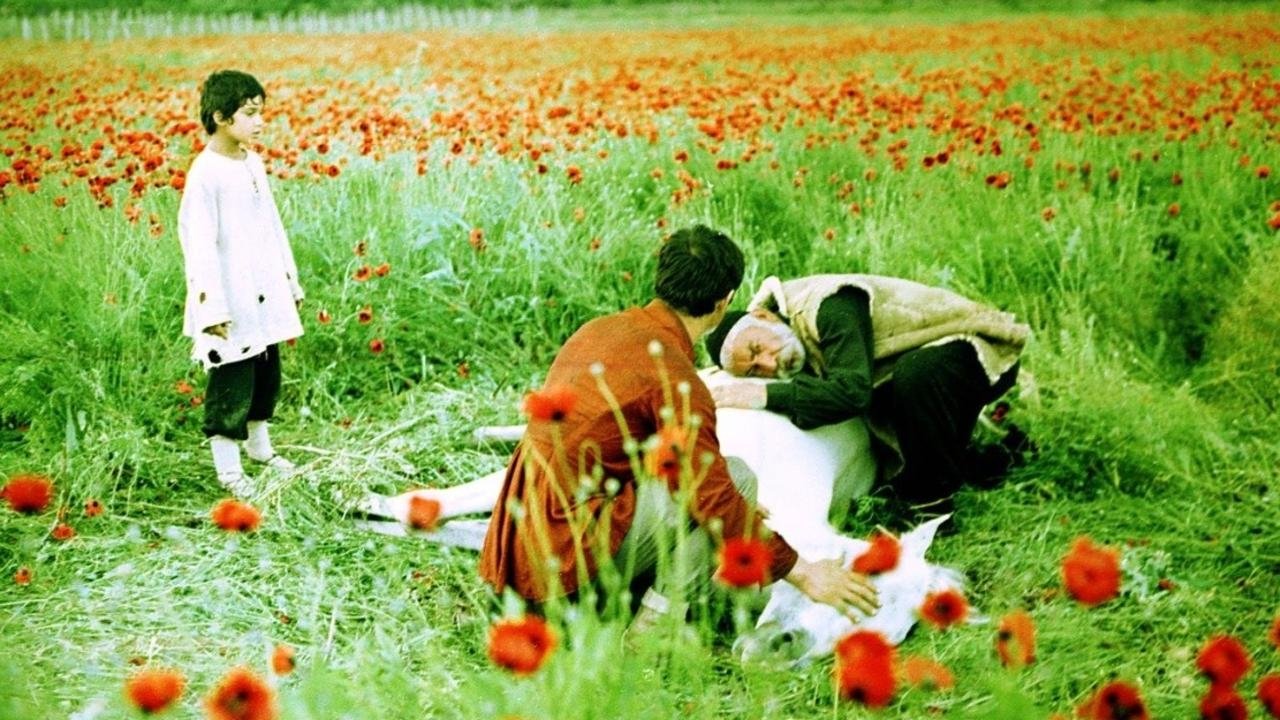
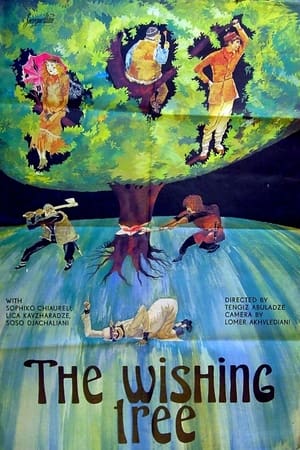
The Wishing Tree
1976 • 1h 47min • ★ 6.9/10 • Soviet Union
Directed by: Tengiz Abuladze
Cast: Lika Kavzharadze, Joseph (Soso) Jachvliani, Zaza Kolelishvili, Kote Daushvili, Sofiko Chiaureli
Marita arrives at a small village in Georgia to live with her aunt. She meets a poor young lad, Gedia, and falls in love with him. But her relatives are determined to marry the girl off to a local rich man…
“The Wishing Tree” is a British television film released in 1976, directed by Chris Jenkins. The movie stars Andrew Ray, Barbara Shelley, and Martin Jarvis in lead roles.
The film follows the story of a young boy named Andrew who finds an old oak tree in a forest and believes it to be a wishing tree. He tells his friends about the tree, and soon they all make wishes and tie them to the tree.
However, when Andrew’s wish comes true, he realizes that there is a price to be paid for his wish, and he must figure out how to undo it.
“The Wishing Tree” is a heartwarming and magical film that captures the imagination of children and adults alike. The movie features beautiful cinematography, a lovely musical score, and a poignant message about the power of wishes and the importance of being careful what you wish for. It was well-received by audiences and has become a beloved classic of British television.
- Christopher Isherwood (Author)
- English (Publication Language)
- 219 Pages - 09/01/2002 (Publication Date) - Vedanta Press & Bookshop (Publisher)
6. Getting to Know the Big, Wide World (1978)
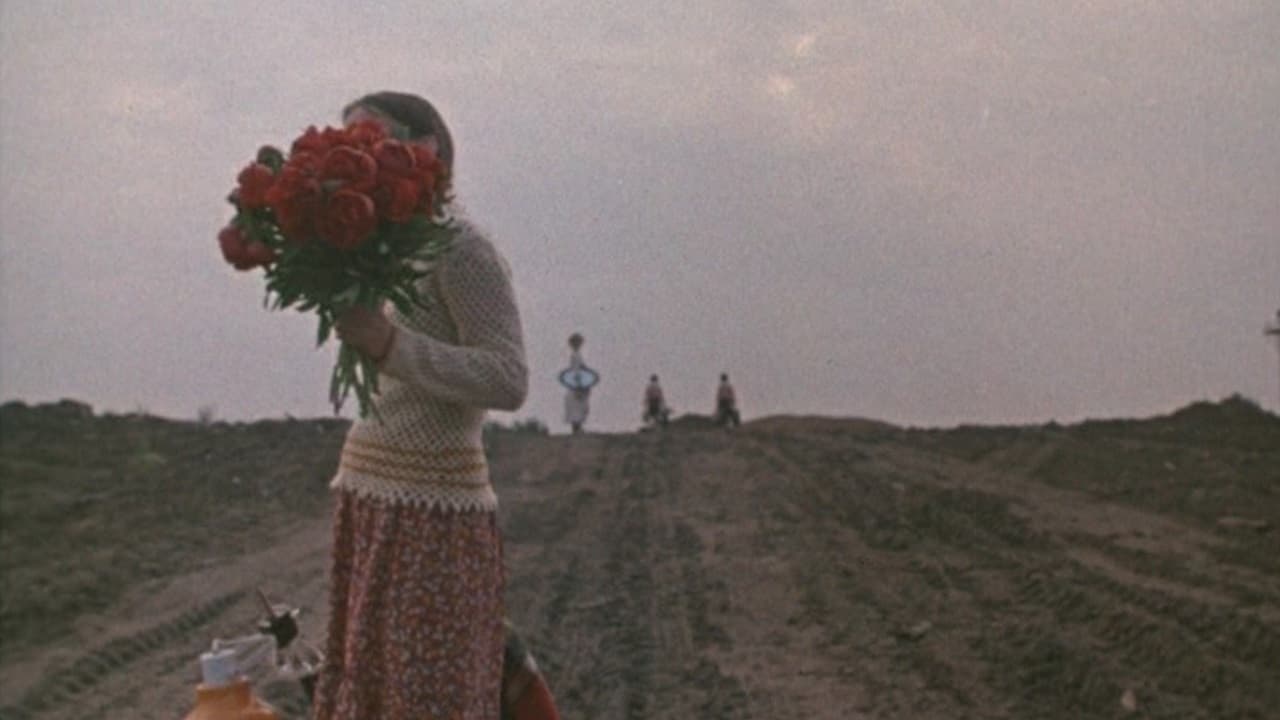

Getting to Know the Big Wide World
1978 • 1h 19min • ★ 4.643/10 • Soviet Union
Directed by: Kira Muratova
Cast: Nina Ruslanova, Sergei Popov, Aleksei Zharkov, Natalya Leble, Olga Malakhova
On a rough and tumble construction site for a new factory, the conversation flows and love blooms for trio Lyuba, Misha, and Kolya. In the liminal space of their workplace, they build material and intangible connections.
“Getting to Know the Big, Wide World” is a Soviet-era Russian film directed by Aleksandr Mitta, released in 1978. The film follows the story of a group of teenagers from a small town who embark on a journey to Moscow to participate in a national physics competition.
During their journey, the teenagers experience the vastness and diversity of the Soviet Union, as they encounter people from different ethnicities and cultures, visit historic sites, and witness the changes and developments taking place in the country.
The film is known for its portrayal of the Soviet Union during the Brezhnev era and its exploration of themes such as identity, belonging, and cultural diversity. It is also recognized for its innovative use of color and visual effects, which were uncommon in Soviet-era cinema at the time.
“Getting to Know the Big, Wide World” was a critical and commercial success upon its release and remains a beloved classic of Soviet-era cinema. It is celebrated for its positive and optimistic view of the Soviet Union and its emphasis on the importance of education and scientific progress.
7. A Piece of Sky (1980)

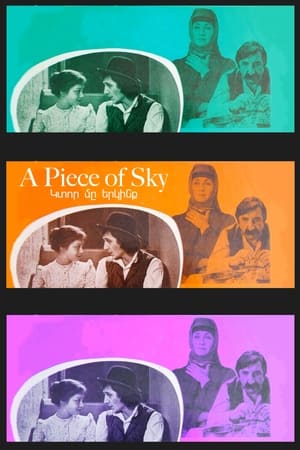
A Piece of Sky
1980 • 1h 32min • ★ 4.4/10 • Soviet Union
Directed by: Henrik Malyan
Cast: Galina Belyaeva, Sofiko Chiaureli, Ashot Adamyan, Frunzik Mkrtchyan, Natalya Krachkovskaya
Nothing is easy for Torik, a shy orphan adopted by his aunt and uncle: he struggles to fit into village life, learn a craft, or find a wife. When Torik does fall in love – with Anjel, a local prostitute – he must face down the disapproval of his narrow-minded community and assert his right to happiness.
“A Piece of Sky” (Russian title: “Kusok neba”) is a 1980 Soviet drama film directed by Nikita Mikhalkov. The film tells the story of a young woman named Nadya who leaves her husband and child in the Soviet Union to join her lover, an Italian musician, in Venice.
The film explores themes of love, sacrifice, and the struggle for personal freedom in a society that values conformity and loyalty to the state. It also features a strong visual style, with vivid imagery of Venice and the contrast between the city’s beauty and the struggles of the protagonist.
“A Piece of Sky” was well received by audiences and critics and won several awards, including the Grand Prix at the Moscow International Film Festival. The film is considered a classic of Soviet and Russian cinema, and is notable for its strong performances, poetic style, and themes that still resonate today.
- Factory sealed DVD
- Yolande Moreau; Josiane Stoleru; André Wilms; Olivier Gourmet; Séverine Caneele; Sofia Leboutte;...
- Bénédicte Liénard (Director)
- English (Subtitle)
- English (Publication Language)
8. Triptych (1980)

Triptych
1980 • 0h 22min
Directed by: James Otis
A casting up off of hands ironically employs a composition of renunciation. "Foregone Conclusion" for the dame the world as butterfly is perceived "Edit Synch" for the little boy down the land as crystal abstracted "Concluding Cone" and as rainbow trout for the master pondered. Hand made sound, hand made and lens-captured images. "Golly, I'm glad I'm not your girlfriend." - Friend of a friend upon viewing TRIPTYCH
Triptych is a Soviet-era drama film directed by Sergei Solovyov, and is considered one of the most significant films of the Russian New Wave. The film consists of three interconnected stories, each of which explores the themes of love, desire, and spiritual transformation.
The first story, “The Lover,” follows a young woman named Liza who is torn between her love for her husband and her desire for another man. The second story, “The Ship,” follows a disillusioned sailor who is searching for a deeper meaning in his life.
The final story, “The Priest,” follows a priest who is struggling with his faith and his desire for a woman he meets.
The film is notable for its poetic and deeply philosophical approach to storytelling, as well as its visually stunning and symbolically rich imagery. It explores themes of love, desire, and spiritual transformation in a way that is both timeless and deeply rooted in the cultural and historical context of Soviet-era Russia.
Triptych was widely acclaimed upon its release, and is considered a masterpiece of Russian cinema. It won numerous awards, including the Silver Bear at the Berlin International Film Festival, and continues to be celebrated as a classic of world cinema.
9. Blue Mountains, or Unbelievable Story (1983)
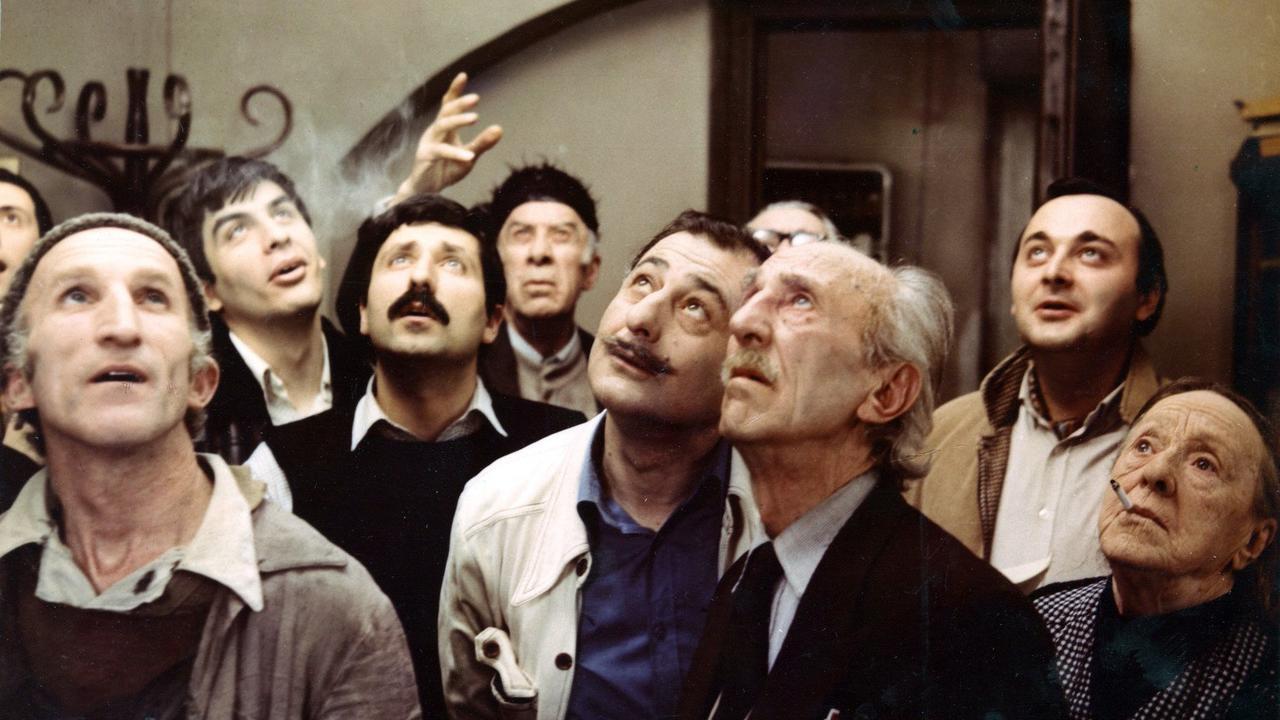
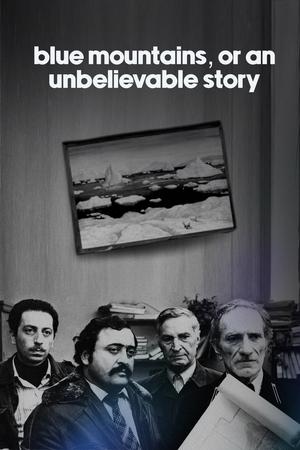
Blue Mountains, or Unbelievable Story
1983 • 1h 37min • ★ 7.1/10 • Soviet Union
Directed by: Eldar Shengelaia
Cast: Ramaz Giorgobiani, Teimuraz Chirgadze, Vasil Kakhniashvili, Ivane Sakvarelidze, Sesilia Takaishvili
An author - a passive young man - enters the Soviet-controlled bureaucracy of Georgia attempting to get his novel published only to be neglected and compartmentalized at every turn.
“Blue Mountains, or Unbelievable Story” is a Soviet adventure film released in 1983, directed by Eldar Ryazanov. The movie stars Oleg Basilashvili, Svetlana Nemolyaeva, and Evgeny Leonov in lead roles.
The film follows the story of a geologist named Anatoliy, who is sent to the remote Blue Mountains in search of rare minerals. However, he soon discovers that the mountains are inhabited by a group of people who believe in an ancient legend about a lost city and a treasure hidden in the mountains.
Anatoliy becomes drawn into the quest for the treasure, and sets out on an adventure that takes him through treacherous terrain and dangerous situations.
“Blue Mountains, or Unbelievable Story” is a thrilling and entertaining film that combines elements of adventure, comedy, and romance. The movie features stunning landscapes, engaging characters, and a captivating storyline. It was well-received by audiences and critics alike, and has become a classic of Soviet cinema.
10. The Needle (1988)
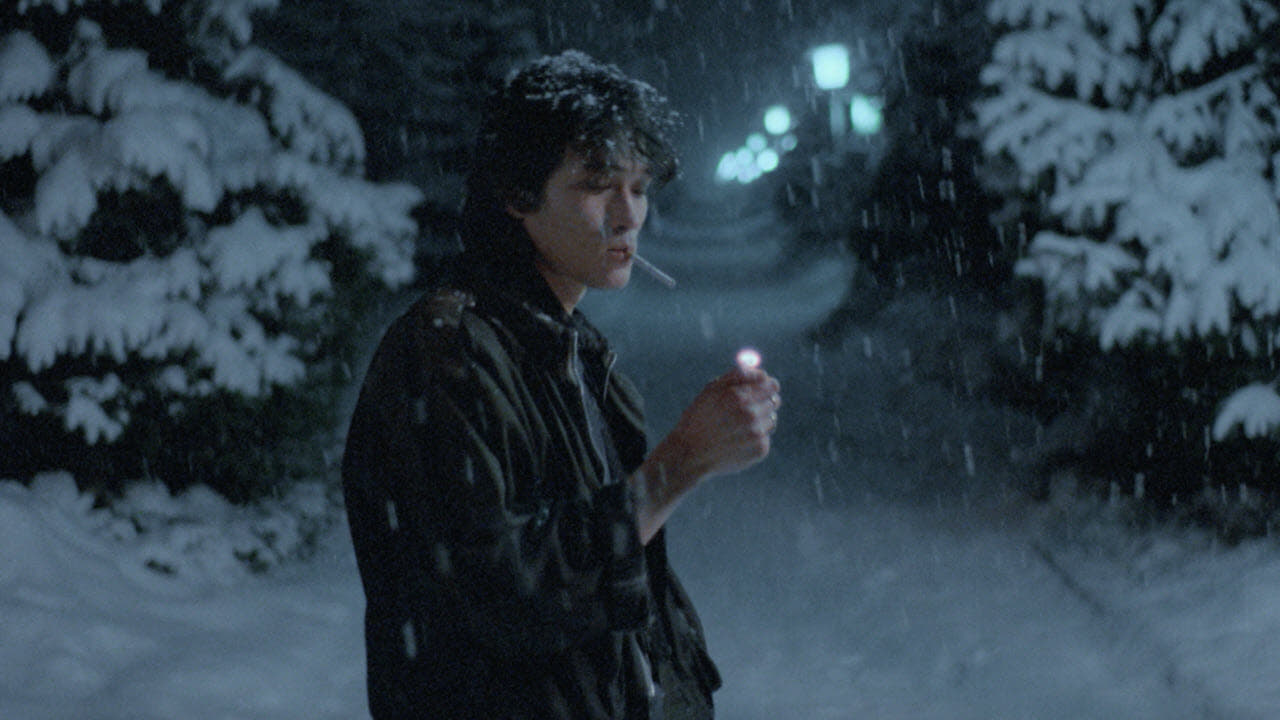

The Needle
Tsoi, drugs and Soviet rock.
1989 • 1h 16min • ★ 6.649/10 • Soviet Union
Directed by: Rashid Nugmanov
Cast: Viktor Tsoy, Marina Smirnova, Aleksandr Bashirov, Pyotr Mamonov, Archimed Iskakov
Moro returns to Alma-Ata to collect money owed to him. While waiting out an unexpected delay, he visits his former girlfriend Dina and discovers she has become a morphine addict. He decides to help her kick the habit and to fight the local drug mafia responsible for her condition.
“The Needle” (Igla) is a Soviet-era Russian film directed by Rashid Nugmanov, released in 1988. The film is based on the novel “The Needle” by Victor Pelevin and tells the story of Moro, a young musician from Leningrad (now Saint Petersburg) who travels to the Kazakh Soviet Socialist Republic (now Kazakhstan) to find his girlfriend.
Upon his arrival, Moro becomes involved in the underground youth culture and drug scene of Almaty, the capital of Kazakhstan, and begins a tumultuous romance with a local girl named Dina. The film explores themes of alienation, youth rebellion, and the clash of cultures in the Soviet Union.
“The Needle” is known for its innovative and visually striking style, which incorporates elements of new wave and punk culture, as well as its use of music and sound design to create a mood of disorientation and unease.
The film was a critical and commercial success upon its release and is recognized as a landmark of Soviet-era cinema, as well as an influential work in the development of Russian independent cinema.
“The Needle” also helped to launch the career of its director Rashid Nugmanov and its lead actor Viktor Tsoi, who was the frontman of the popular Soviet-era rock band Kino and became a cultural icon in Russia and beyond.
- Aleksandr Bashirov, Viktor Tsoj, Petr Mamonov, Vladimir Danilenko, Grigorij Epshtejn, Ajkhan...
- Rashid Nugmanov (Director)
- English (Subtitle)
- Audience Rating: NR (Not Rated)
3 Characteristics of Caucasus Movies
Here are three characteristics commonly found in movies from the Caucasus region:
Cultural diversity and traditional themes: Caucasus movies often feature a rich diversity of cultures and ethnicities found in the region, including Georgian, Armenian, Azeri, and more. These films often draw on traditional themes and motifs from folklore and local customs to explore larger social and political issues.
Strong emotional intensity: Many Caucasus movies feature complex, emotionally charged characters who grapple with powerful themes like family, tradition, and the struggle for personal identity. These characters are often portrayed with great depth and nuance, drawing audiences into their stories and creating a strong emotional impact.
Political and social commentary: Caucasus movies often explore larger social and political issues facing the region, including issues of conflict, war, and post-Soviet transition. These films may offer sharp political commentary or critique, while also exploring the human cost of these larger historical events on individuals and communities.
3 Reasons To Watch Caucasus Movies
Unique cultural perspective: The Caucasus region has a rich and diverse cultural heritage that is reflected in its cinema. Watching movies from this region offers a unique and insightful perspective on the history and culture of the region, as well as the social and political challenges facing its people. You will gain a deeper understanding of the people, their customs, and their way of life.
Gripping storytelling: Many Caucasus movies explore themes of war, conflict, and social change, and offer gripping and powerful storytelling that will captivate and move you. These movies often deal with universal themes that transcend cultural and geographic boundaries, and offer a deeply human perspective on the world.
Acclaimed by international film festivals: Many Caucasus movies have gained international recognition and acclaim from film festivals such as Cannes, Berlinale, and Venice. These movies have been praised for their artistic and technical achievements, as well as their ability to capture the essence of their respective cultures and regions. Watching these movies can be a rewarding and enriching experience for any film lover.
Best Caucasus Movies – Wrap Up
The Caucasus region has produced some truly remarkable films that reflect the rich culture, history, and traditions of the area. From epic historical dramas to intimate character studies, these movies showcase the diversity and beauty of the region.
Some of the best Caucasus movies include:
“The Legend of Suram Fortress” (1985) – A Georgian film directed by Sergei Parajanov that tells the story of a young man who must complete a series of tasks to win the love of a princess.
“The Color of Pomegranates” (1969) – An Armenian film directed by Sergei Parajanov that explores the life of the 18th-century Armenian poet Sayat-Nova.
“Mandariinid” (2013) – An Estonian-Georgian film directed by Zaza Urushadze that follows an Estonian man who becomes caught up in the conflict between Georgians and Abkhazians during the 1992 war.
“Tangerines” (2013) – An Estonian-Georgian film directed by Zaza Urushadze that tells the story of a man who takes in two wounded soldiers from opposite sides during the 1992 war.
“Salt for Svanetia” (1930) – A Soviet Georgian film directed by Mikhail Kalatozov that explores the harsh living conditions and customs of the Svanetia region.
These films, and many others, offer a glimpse into the rich cultural heritage and history of the Caucasus region, and are definitely worth watching for anyone interested in world cinema.

![Walking the Streets of Moscow / Ya shagayu po Moskve / Я шагаю по Москве Russian Soviet Comedy Movie [Language: Russian; Subtitles: English] DVD NTSC ALL REGIONS](https://m.media-amazon.com/images/I/51Du8BCzUqL.jpg)





![Getting to Know the Big Wide World / Poznavaya beliy svet / Познавая белый свет Kira Muratova Russian Drama Movie [Language: Russian; Subtitles: English] DVD NTSC ALL REGIONS](https://m.media-amazon.com/images/I/61yJr+9bWQL.jpg)





